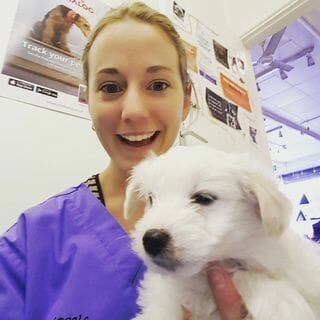
If you are concerned your dog has cataracts, this can be a very worrying time for an owner. None of us like to think of our dog’s vision being affected, or of their lifestyle having to change.
Cataracts are not uncommon in dogs but are often misdiagnosed by owners. For this reason, seeking vet attention for your dog is key if you have any concerns about the appearance of their eyes or their vision in general.
In this article, we discuss how cataracts form, and what solutions there are to it. For instance, do eye drops work for dogs with cataracts?
Let’s find out!
What are cataracts and how do they affect the eye?
Cataracts affect the lens of the eye, turning it opaque and milky, rather than transparent as it should be. The function of the lens is to allow light into the eye, but when it is no longer see-through, this means light cannot get into the eye as it should. Cataracts lead to reduced vision, and eventually blindness.
Cataracts look like a milky film over the eye. It can be as if the eye suddenly turns white or grey. While just one eye is affected, oftentimes it will be both. Cataracts can come on very quickly and the cataract does not get better with time.
For most dogs, the eyes seem otherwise healthy. They won’t be red or sore and your dog should not rub or squint at them. For this reason, owners can be surprised to learn that their dog has a serious ocular issue.
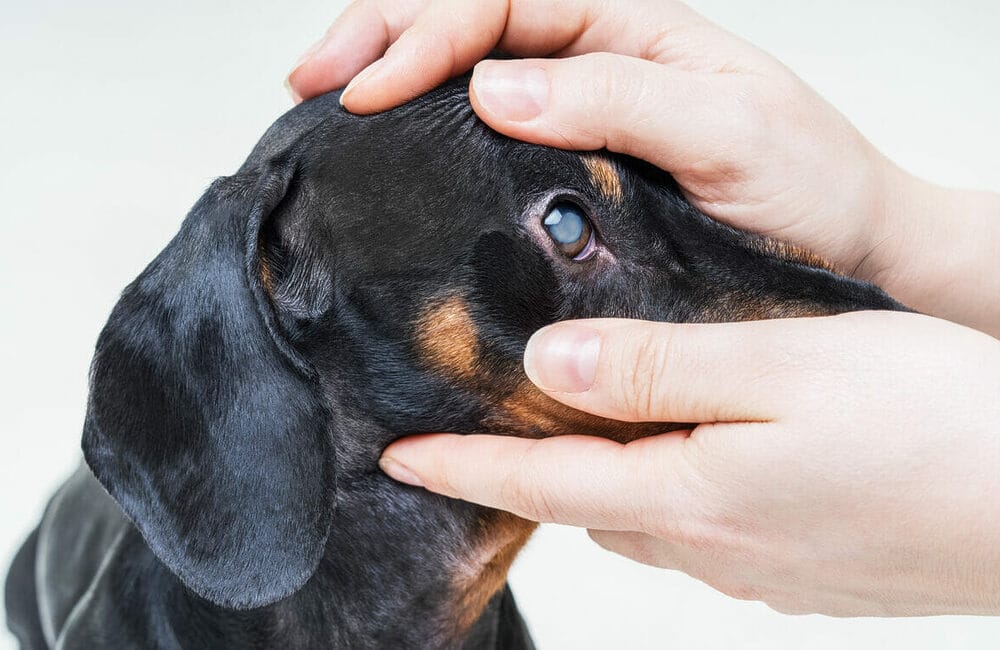
Why do dogs get cataracts?
Knowing what cataracts are, how do dogs develop such a condition? The cause may be simpler than you think. Let’s take a look at the most common causes of cataracts in dogs.
Diabetes
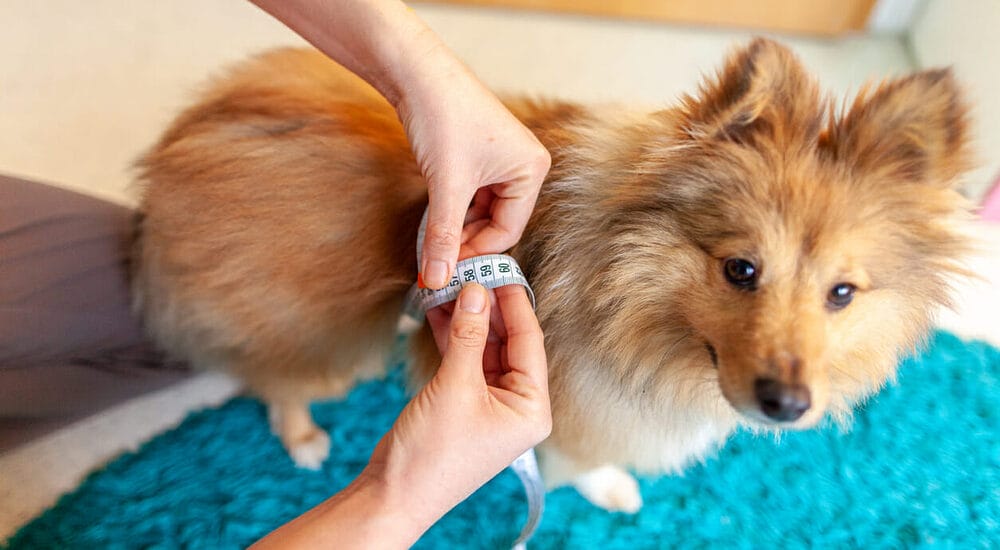
Cataracts often go hand in hand with diabetes in our furry friends. Diabetic cataracts occur when too much sugar gets into the lens of the eye. The lens can swell up and vision becomes blurred. On top of this, the sugar is converted to sorbitol, which is a cloudy substance that blocks light transmission.
Those with diabetes will have additional signs such as excessive thirst and urination, increased hunger, and weight loss. It is a condition that is easily diagnosed, via a blood and urine test. For most dogs, diabetes can be well managed with insulin and diet changes.
While diabetes is a common cause of cataracts in dogs, and should always be checked for, not every dog with cataracts will have diabetes.
Hereditary cataracts
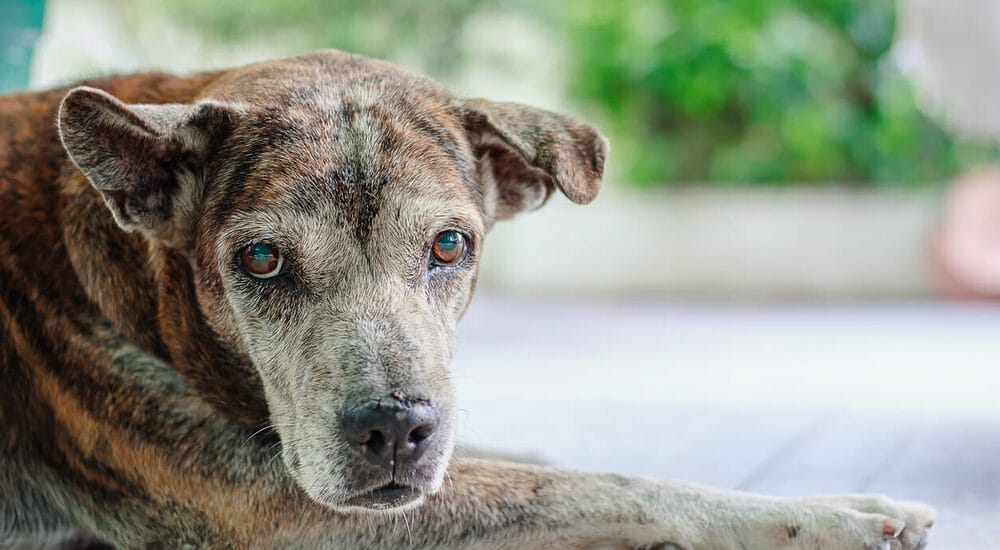
For some, their cataracts will be genetic and they carry specific genes which predispose them to developing cataracts.
Dogs with hereditary cataracts would ideally not be bred from. In breeds that are known to be prone to genetic cataracts (such as the Labrador, American Cocker Spaniel, and Boston Terrier), it is sensible to screen both parents before breeding.
Kennel clubs will often have ‘eye schemes’ that breeders can use to screen their breeding stock, ensuring only the healthiest puppies are being produced.
Senile cataracts
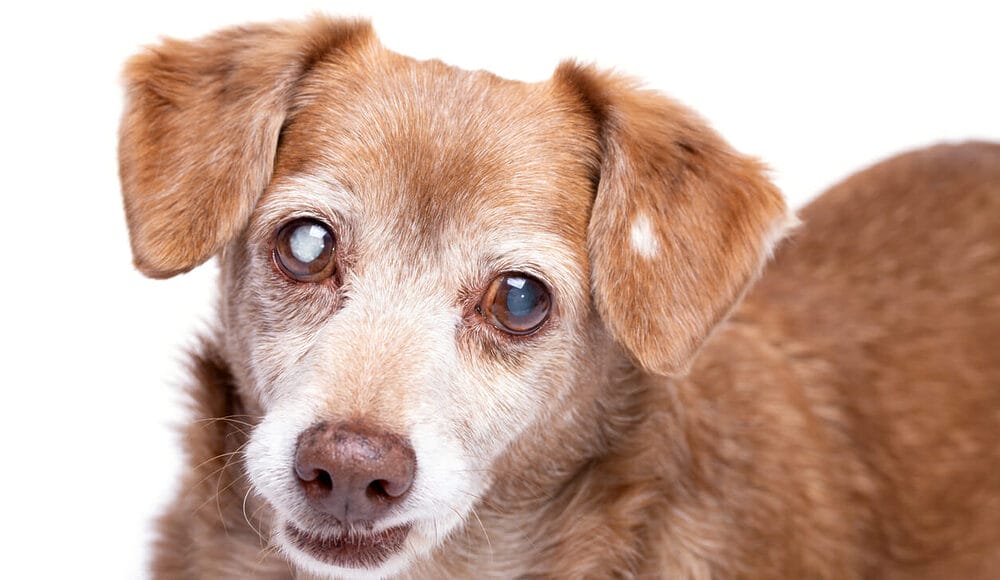
For some seniors, cataracts occur with age and are not associated with any underlying problems. These cataracts tend to come on more slowly than other types. It is for this reason that dogs often cope quite well with senile cataracts, as the change is gradual so they have time to get used to the vision loss.
Other causes
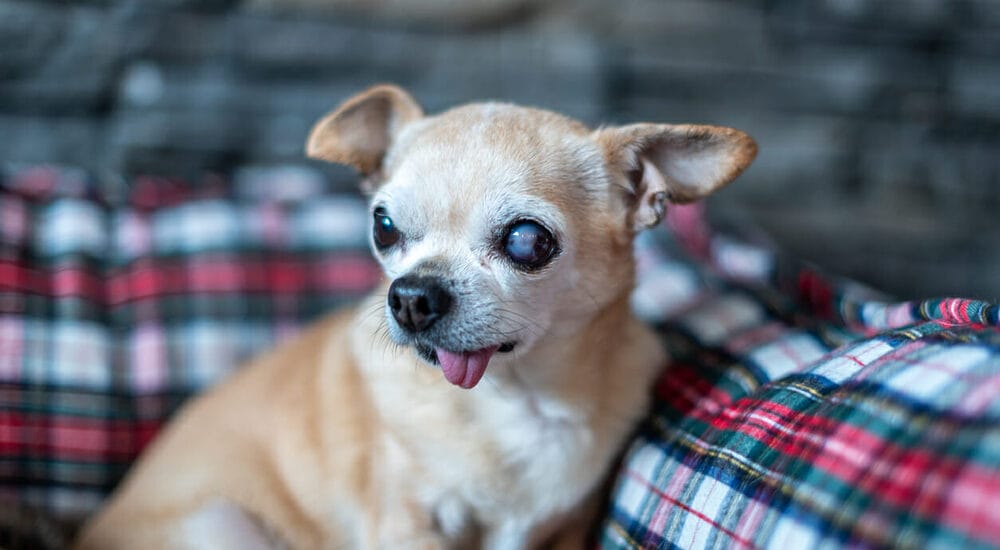
Uveitis, glaucoma, and lens luxation can all potentially cause cataracts too. With these conditions, dogs tend to have additional signs such as squinting and pain. It is critical that we treat the underlying issue as well as the cataract in these patients.
How are cataracts diagnosed?
After reading the above causes, your suspicions may arise, noticing that your dog’s breed is prone to cataracts, or maybe your dog is in its senior’s years.
Before making your own conclusion, it’s wise to read the following paragraph about how to diagnose cataracts.

Suspicions from home
If you’re concerned your dog may have developed cataracts, the sooner they can be seen by their vet the better.
You may have noticed a milky film in their eyes and it could be that they are suddenly struggling to recognize certain people or things, are slowing down, refusing walks, falling from furniture, or are walking into things.
Your dog should be able to track your finger or a cotton ball from left to right as you move it in front of its face. If they stare ahead and do not look at the object, it is likely their vision is impaired.
Be wary of not having your finger or the cotton ball too close to the dog’s face, as they may sense the airflow, which could falsely reassure you that they are seeing the movement.
At the vet
Early on, before your dog becomes blind, your vet should be able to detect if cataracts are forming.
This will include a thorough eye exam, which involves the use of an ophthalmoscope and slit lamp. While a GP vet should be able to do this, your vet may also consider referring you to an eye specialist.
Your vet may run additional tests such as a stain of the eye and a check of the local tear production and intraocular pressure. This can rule in or out other issues that can affect the eye, such as ‘Dry Eye’, glaucoma, and corneal ulcers.
What if my older dog’s eyes seem hazy?
It is really important to emphasize that most dogs who develop hazy eyes do not have cataracts. As dogs age, their eyes can become hazy and develop a blue film. This is called ‘nuclear sclerosis’. While many owners worry that their dog has cataracts, nuclear sclerosis is a normal old age change that does not affect a dog’s eyesight.
It is the compression of the central lens fibers that causes nuclear sclerosis, and this is an important differential diagnosis for those suspected of having cataracts. It is a change that occurs in all older dogs and cats, though it is more obviously seen in some than others.
As nuclear sclerosis does not impact vision, your dog won’t have any changed behavior and won’t even know their eyes appear hazy to us. No treatment is required for this condition.
Is there a cure for cataracts?
Once cataracts have formed, the only effective treatment is surgery to remove them. This can mean surgical lens removal, or a procedure called ‘phacoemulsification’.
Phacoemulsification is a specialized procedure that involves using a high-frequency ultrasound to break down the lens and remove it. Once the milky film has gone, light can once again enter the eye and the dog will be able to see.
It is usually an ophthalmologist, rather than a ‘GP’ vet who performs this procedure, and they can implant a replacement lens after the damaged lens has been removed. Generally, both eyes are operated on at the same time.
The success rate of this surgery is about 90% and recovery time is quick. For two weeks after the procedure, dogs will wear a buster collar to prevent any rubbing of their eyes and will also have their exercise restricted. During this time, they should be seen by their specialist for a few checkups, to ensure all is healing as expected.
Is cataract surgery expensive or risky?
Cataract surgery is very costly, yes. The price is about $2,500-$4,000. It will usually be done at a referral center. For many owners, particularly those who do not have pet insurance, this is cost-prohibitive, and surgery is not pursued.
The surgery carries a high success rate, with about 9 in 10 dogs having successful procedures and restoring their vision.
Complications are possible and can include local inflammation, infection, or regrowth of the lens. Due to this, regular check-ups with an eye doctor are advised at least annually after surgery.
What about cataract eye drops for dogs?
More recently, there has been some really interesting work on the role of various eye drops in the management and prevention of cataracts. As of now, no eye drops are able to reverse or treat cataracts that have already formed. In these cases, surgery is the only viable option.
Aldose reductase inhibitors (such as Kinostat) are a type of drop that can be used to prevent cataract formation. Depending on where you live, these drops may not be available or can be difficult to obtain. They are also very costly.
Frustratingly, if the drops are stopped for just a few days, a cataract often forms rapidly.
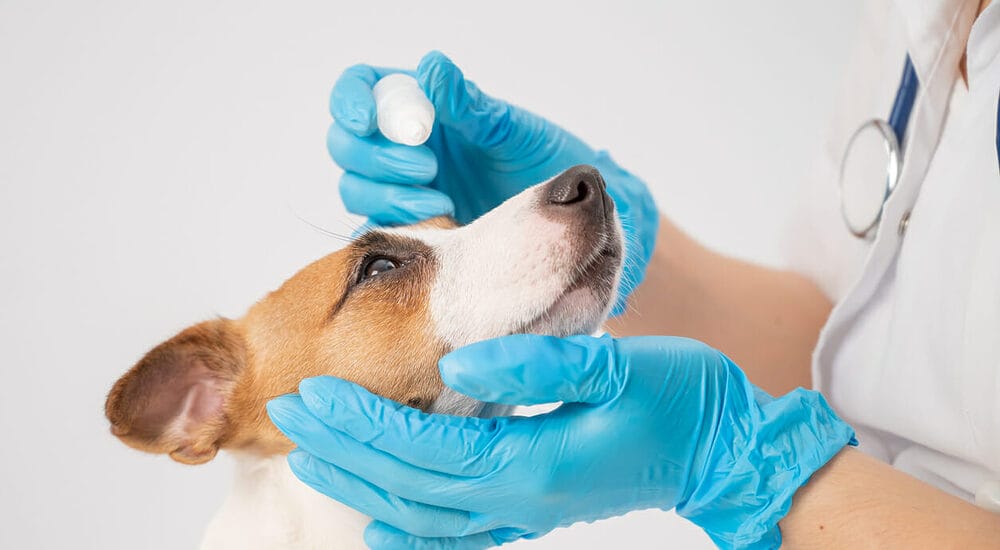
I’ve heard of other drops. Are there any other dog cataract treatments without surgery?
Dogs with cataracts are often treated with other prescription eye drops such as steroids and antibiotics. However, these drops are not being used to reverse the cataract, they are being used to treat secondary infections and manage other conditions the dog may have, such as uveitis or glaucoma (a build-up of pressure in the eye).
Other drugs are being sold as a treatment for cataracts, but their efficacy has not been proven and they are not endorsed by eye specialists, who do not think they are useful in the treatment of cataracts.
What about Lanomax (Lanosterol)?
Many owners of dogs with cataracts will have heard of a relatively new drop on the market called Lanomax and will ask me my opinion on it. It is marketed as a drop that can dissolve cataracts and their developers claim they are ‘the best cataract eye drops for dogs’.
However, its ability to break down cataracts that have already formed is highly debated and most veterinarians do not endorse its use for this purpose.
Products like this are often advertised online and require no prescription to purchase. Many owners buy them in the hope that they could help. While they’re unlikely to do any harm, they are not going to break down a formed cataract or restore vision. For many owners, this is a real disappointment.
While Lanomax has been proven to work when injected into the eye, eye drops are not well absorbed into the lens.
I’ve heard of other drops. Are there any other dog cataract treatments without surgery?
Dogs with cataracts are often treated with other prescription eye drops such as steroids and antibiotics. However, these drops are not being used to reverse the cataract, they are being used to treat secondary infections and manage other conditions the dog may have, such as uveitis or glaucoma (a build-up of pressure in the eye).
Other drugs are being sold as a treatment for cataracts, but their efficacy has not been proven and they are not endorsed by eye specialists, who do not think they are useful in the treatment of cataracts.
Can a dog live a normal life with cataracts?
For most dogs, they adjust really well to their vision loss and can continue to enjoy a good quality of life. This is especially true for those who are younger and in good health when their cataracts form.
Younger dogs adapt very well and it is sometimes hard to tell they are blind. Older dogs can struggle more, particularly if their cataracts appear suddenly and if they have other underlying medical issues such as poorly controlled diabetes or arthritis.
Dogs with vision loss do require some extra care and attention from us. They should not be allowed off lead outside and we want to keep their home familiar; not moving furniture or changing where we put their food bowl or bed.
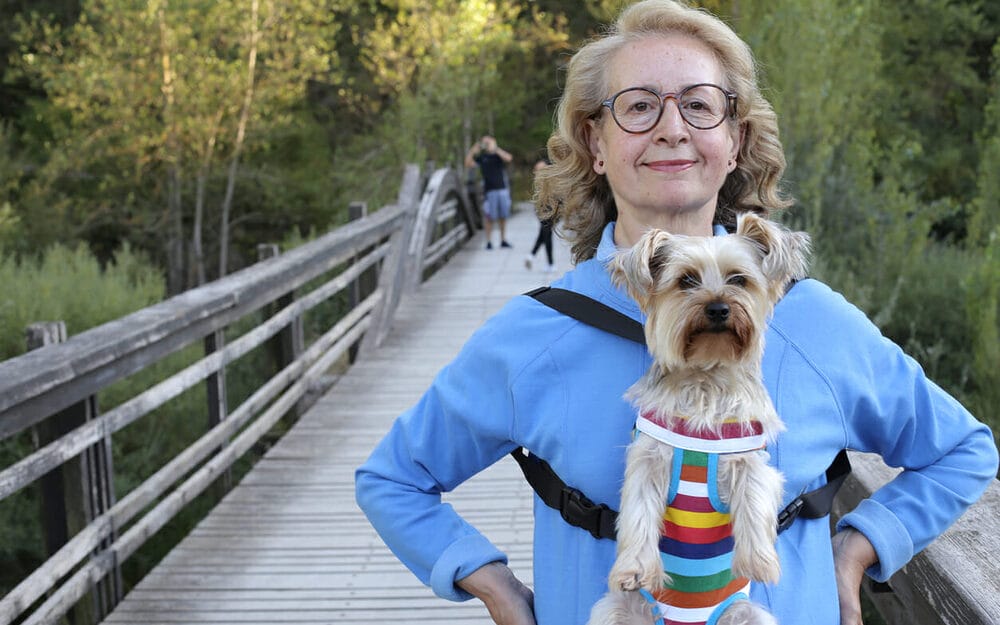
FAQ – Frequently Asked Questions
You may have a few questions before we wrap things up; here are some of the most frequently asked:
Are cataracts painful?
No, cataracts are not usually painful. If your dog has other signs such as redness, discharge, or a squint affecting their eye, there is likely more going on.
Remember, as painful conditions like uveitis and glaucoma can cause cataracts, both conditions can potentially occur at the same time. This is why a thorough eye exam is so vital.
Will cataracts go away by themselves over time?
No, cataracts are not reversible and cannot resolve without surgical therapy. However, dogs can cope well once they get used to living without their eyesight.
In Conclusion – Eye drops Don’t Work For Cataracts
Unfortunately, as of now, Eye drops do not work for cataracts, which means surgery remains the only option to remove cataracts in dogs.
While prescription eye drops such as steroids and antibiotics are used to manage secondary infections and other conditions, drops marketed as treatments for cataracts have not been proven nor endorsed by eye specialists, making surgery the most viable alternative.
